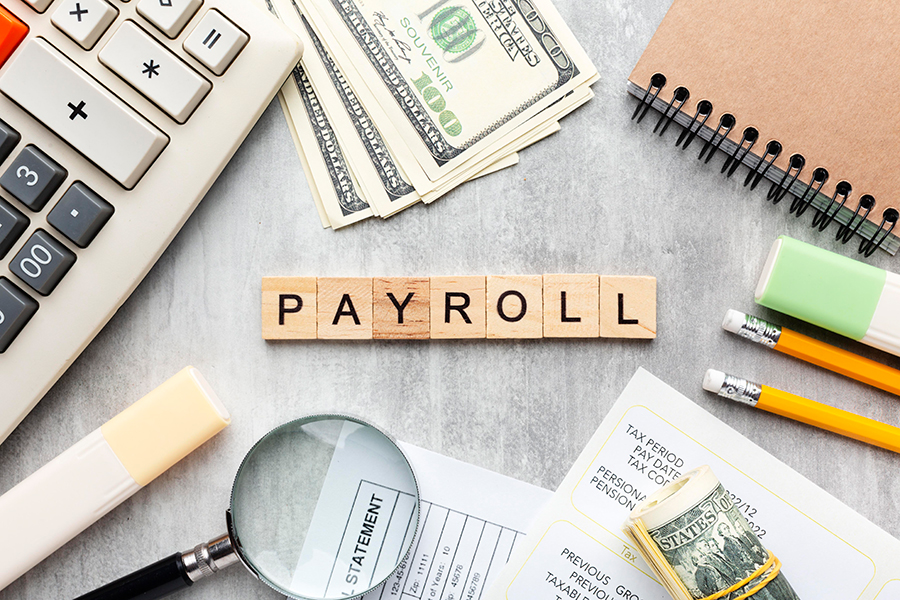May, 01 2025
Burnout is more than a buzzword now—it's the whispered crisis unfolding across workplaces around the globe. Leaders, from whatever industry, are seeing their influence in heightened absenteeism, dropped productivity, and a perceptible change in behaviour among employees. One day, your team's singing along, the next day, they're unengaged, grumpy, or emotionally drained. The news? Leaders get to do quite a bit about it. With good strategy and a smart, human touch, you can encourage healing, even prevent burnout from taking hold.
Recognising the Cues: Not All Burnout is Created Equal
Observation is the first step to leadership. Leaders typically mistake burnout as laziness or assume the disengaged employee has lost passion for the job. Yet the difference between quiet quitting versus burnout is enormous.
Quiet quitting is a deliberate boundary-setting choice—employees doing just enough, but no more, no less, usually for the benefit of their mental health. Burnout is an exhaustion of emotional, physical, and mental resources. It has a tendency to induce feelings of hopelessness, cynicism, and a drastic decline in performance—not due to lack of will, but lack of ability.
Knowing the difference allows leaders to respond with empathy instead of criticism.
Building a Culture of Openness and Trust
Perhaps the most compelling solutions to workplace burnout solutions are building a place where people feel safe to be heard. Not by turning meetings into therapy, but by making time for honest conversation—checking in with employees not just about work, but about their humanness.
It raises many questions, like:
These tiny moments of honest questioning can build trust as well as reveal early signs of burnout before they get out of control.
Dealing with Burnout Strategically, Not Emotionally
When burnout does happen, managers must resist the temptation to Band-Aid it with pat solutions such as pizza parties or meditation programs. Well-intended, these kinds of solutions become superficial if deeper issues are not tackled.
Instead, develop an actual burnout recovery toolkit—a realistic, multi-faceted plan that addresses root causes.
This can include:
Redesigning Work, Not Just Recharging People
Leadership by Example: The Power of Vulnerability
They look to their leaders for cues. If you never rest, respond to email at midnight, and never say you're exhausted, your team will take that as the standard—even when it's not possible.
One of the most underappreciated weapons in the burnout recovery toolkit arsenal is leadership vulnerability. Be vulnerable about your own overwhelm. Discuss how you cope with stress and what you've learned about your limits. This doesn't make you vulnerable; it makes you human.
By modeling healthy behavior, you give your team permission to do the same.
Embracing the Long Game
Recovery from burnout is not a matter of a dramatic turnaround. It's a matter of re-establishing trust, rediscovering purpose, and restoring balance. Your job as a leader is to guide that process—under duress, not patience.
When members are in recovery, don't seek dramatic turns in performance. Rather, recognize their progress, give them room to mend, and enjoy small wins. Not only does this serve the individual, but it also strengthens the overall team culture.
Final Thoughts
The future of work demands a new kind of leadership—one that is deeply human, smart in strategy, and emotionally intelligent. The distinction between quiet quitting versus burnout is a reminder that people are trying to protect themselves in different ways. Your role as a leader is not just to push results, but to create a space to last where your team can thrive.
Burnout doesn't shatter your team. It just means the system is shattered and in need of realignment. Add the right burnout recovery kit and a dose of good old-fashioned care, and you can guide your team not only back to productivity but also to higher purpose and renewed energy.
Because when people are heard, valued, and respected, they don't just work harder—they work happier.
Blog Comment

EEOC Priorities 2025: Your HR Guide to Workplace Discrimination
December, 01 2025
Remote I-9 Verification: The DHS-Approved Path (and How to Use It)
November, 21 2025
From Degrees to Skills: How to Re Write 100 Job Descriptions in 30 Days
November, 14 2025
The Power of Performance-Driven Strategies: Building a Future of Measurable Success
October, 30 2025
Navigating Labor Law Risks in Remote and Hybrid Work Environments
October, 17 2025
Sexual Harassment Training 2025 - EEOC and State Rules
October, 10 2025
When Workplaces Meet Politics: HR Strategies for Managing Culture and Conflict
September, 25 2025
HR at a Crossroads: Non-competes, Overtime, Heat Rules and RTO, What Changed This Week
September, 12 2025
HR Burnout Is Real: Navigating Layoffs, RTO, and Immigration Pressures
September, 05 2025
Trans Policy and EO 14168: What Employers Must Know
August, 28 2025
ChatGPT for HR in 2025: What Can ChatGPT Do for You?
August, 21 2025
Form 941 Compliance Update 2025: Avoid IRS Penalties with Line-by-Line Accuracy
August, 14 2025
Influential Leadership: Build Power and Lead Without Authority
August, 08 2025
How Change Management and Reskilling Drive Future-Ready Organizations
August, 01 2025
Avoid Tax Blunders: F-1 & J-1 Visa Payroll Tax Simplified
June, 05 2025
Why Skills-Based Hiring is Your Next Competitive Advantage in Talent Acquisition
May, 28 2025
Whats New in US Employment Law in 2025? An Ultimate Guide
May, 21 2025
Effective Documentation in Coaching, Counselling, and Discipline
May, 15 2025
marie.dolan66@gmail.com said:
Posted on May 21, 2025 at 11:25 AMkermithuertt@gmail.com said:
Posted on May 31, 2025 at 3:27 AMkermithuertt@gmail.com said:
Posted on May 31, 2025 at 3:27 AM